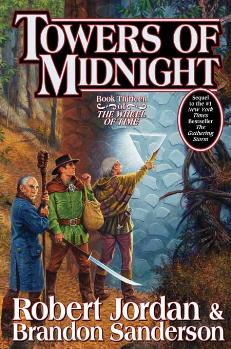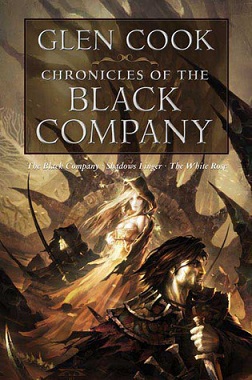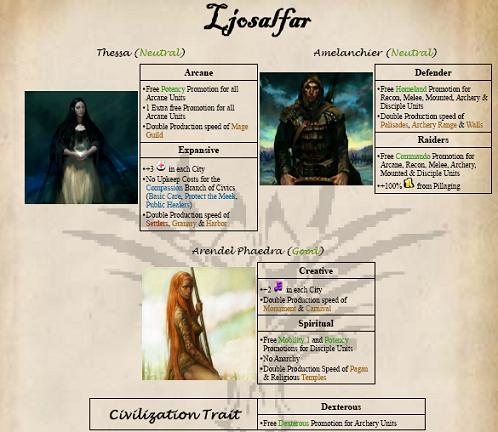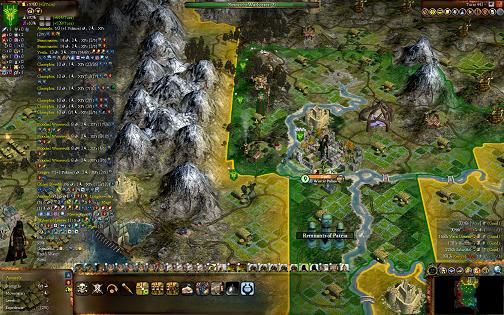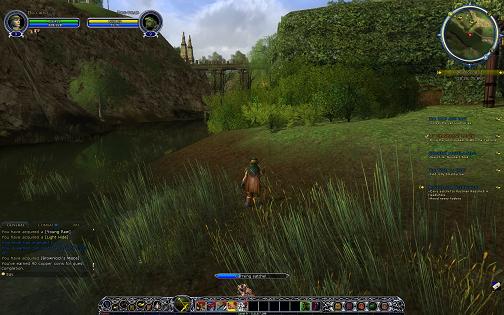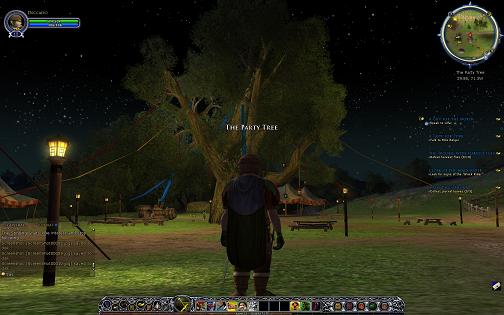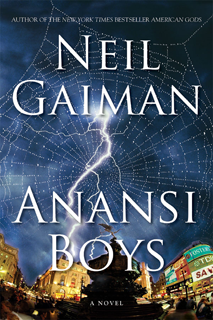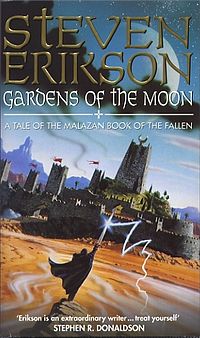
In my ongoing quest to read all of the major fantasy series (leaving aside obvious crap like David Eddings and Terry Goodkind stuff), I recently bought Steven Erikson’s Gardens of the Moon, the first book of his Malazan Book of the Fallen series. (As an aside, I’ve recently being buying books from the UK-based The Book Depository, which is noteworthy mainly for offering free shipping anywhere in the world, not to mention prices that beat any Malaysian retailers. The downside of course is that you need to wait for about a month to get your book. If anyone knows of any online store that can offer better deals for someone residing in Malaysia, do let me know.)
The Malazan books have quite a fanbase and, with all ten books in Erikson’s series now out, plus another four books by the co-creator of their shared world, Ian Cameron Esslemont, seem to be decently successful. Review-wise, however, the verdicts are all over the chart. The most enthusiastic fans rate Erikson’s work more highly even than G.R.R. Martin’s Song of Fire and Ice. Given that these include some very smart people from QT3, I’m not inclined to dismiss their opinions lightly. To the detractors however, his story is an incomprehensible mess, plagued by bland prose, cliched and boring characters and poor storytelling sense. After slogging through all 600+ pages of the first book, I’m sad to say that I have to include myself in the latter camp.
